View basket (0 items $0.00)
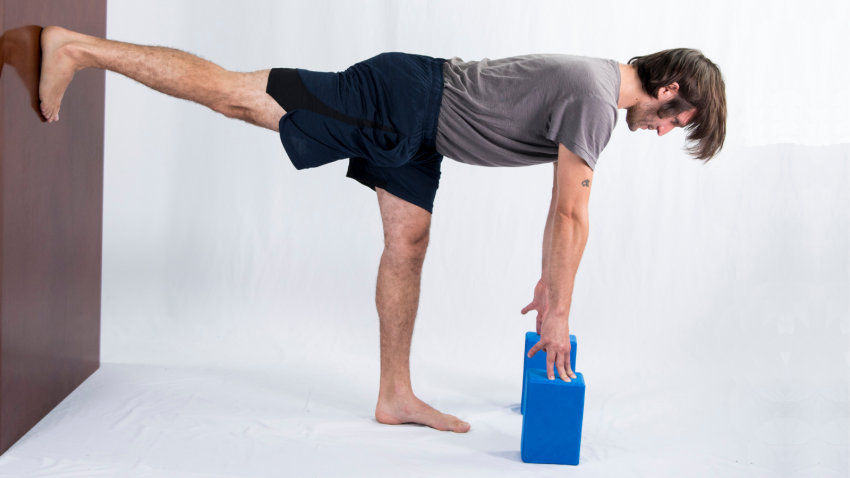
Flow with Change: A Yoga Sequence
As humans evolved, certainty and consistency came to mean safety. Conversely, a lack of those things came to set off alarm bells and preparations to fight, flee, or freeze, on biological, physical, and psychological levels. Arguably, few other periods in history have called us to drastically shift course as much as the one we’re now living through. This includes almost every aspect of our lives, from parts of daily functioning to longer-term planning of our hopes and dreams. We see the psychological toll in rising rates of depression, anxiety, and a general sense of malaise.
Thankfully, yoga has a valuable lesson to teach all of us, that the only true constant is change. The practice also offers tools to help us internalize and embody that truth. Ancient yogis knew this and developed all of the aspects of yoga as a means to calm and integrate the body and mind in the face of constant change. From there, a unique state of bliss is possible. Transcendent, joyful bliss might feel like a tall order these days. Yet yogic strategies can train our minds, bodies, and souls to begin accepting and adapting to change with more grace, objectivity, and positivity.
How to Embrace Change: A Calming Yoga Flow
That can start with a short 10-minute asana sequence. Silence your phone. Grab your mat and a couple of yoga blocks. Flow through the following short yoga sequence to feel calmer and more ready to take on any changes that your day might send your way.
Warm-up: Seated Cat-Cow (Marjaryasana/Bitilasana) and Downward Facing Dog Pose (Adho Mukha Svanasana)
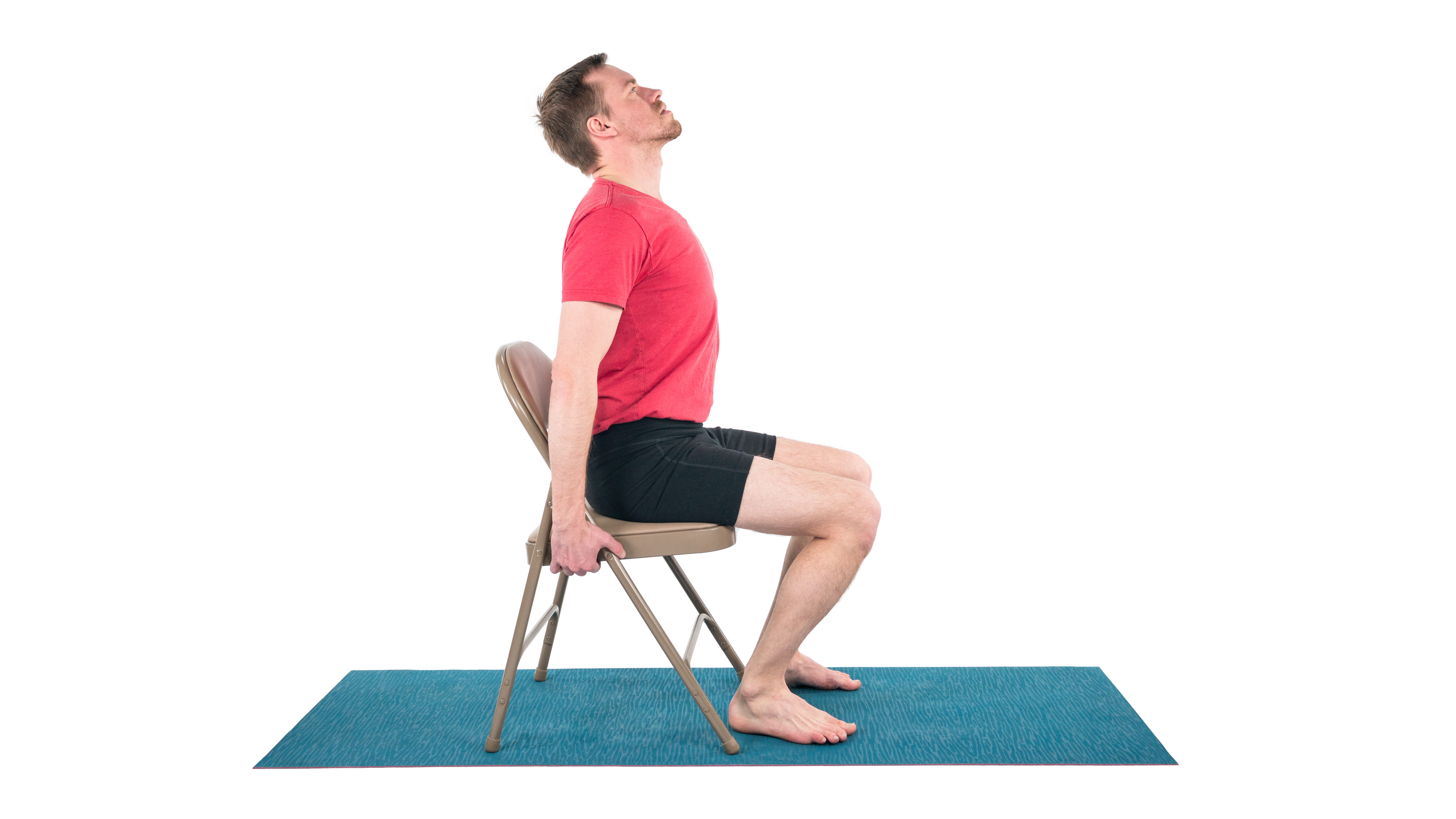
-
Settle into Easy Pose (Sukhasana), the cross-legged sitting position. Take a couple of breaths to feel rooted in your seat and also as tall as you can be through your spine, like a strong tree rooted deep into the earth but growing and reaching up to the sky.
-
On a breath in, raise your heart to the sky. Let your neck naturally follow, as long as it feels comfortable.
-
On a breath out, make a “C” with your spine by scooping in your belly and letting your chin fall to your chest.
-
Repeat that sequence 5 to 10 times, noticing the flow of breath and any messages from your body. What feels good? What feels tight? Make adjustments accordingly.
-
For 5 to 10 more breaths, take any other movements that feel good to you—making circles with your ribcage, folding forward over your legs, reaching one arm and then the other up and over to side bend, or anything else. Can you embrace any changes you notice in your body today? What might those changes have to teach you?
-
From there, transition from seated to Tabletop Pose (Bharmanasana), uncrossing your ankles and placing your palms down on the mat in front of you. Line your shoulders over your wrists and your hips over your knees. If your body is calling for it, take any movements that feel good here. Move on to the next poses after a few breaths, or whenever you feel ready.
-
Walk your hands a few inches forward (about one handprint), and then dig your toes into your mat so that you can lift your hips to the sky. Push through the whole of both your hands to protect your wrists, and scoop your belly to your spine to protect your back. What does your body need in this pose? Can you accept any changes in your body that have led to any of those needs? Perhaps it might feel good to “walk your dog,” pushing one heel down while the other raises, and alternating feet with those actions. Or perhaps what you need is stillness.
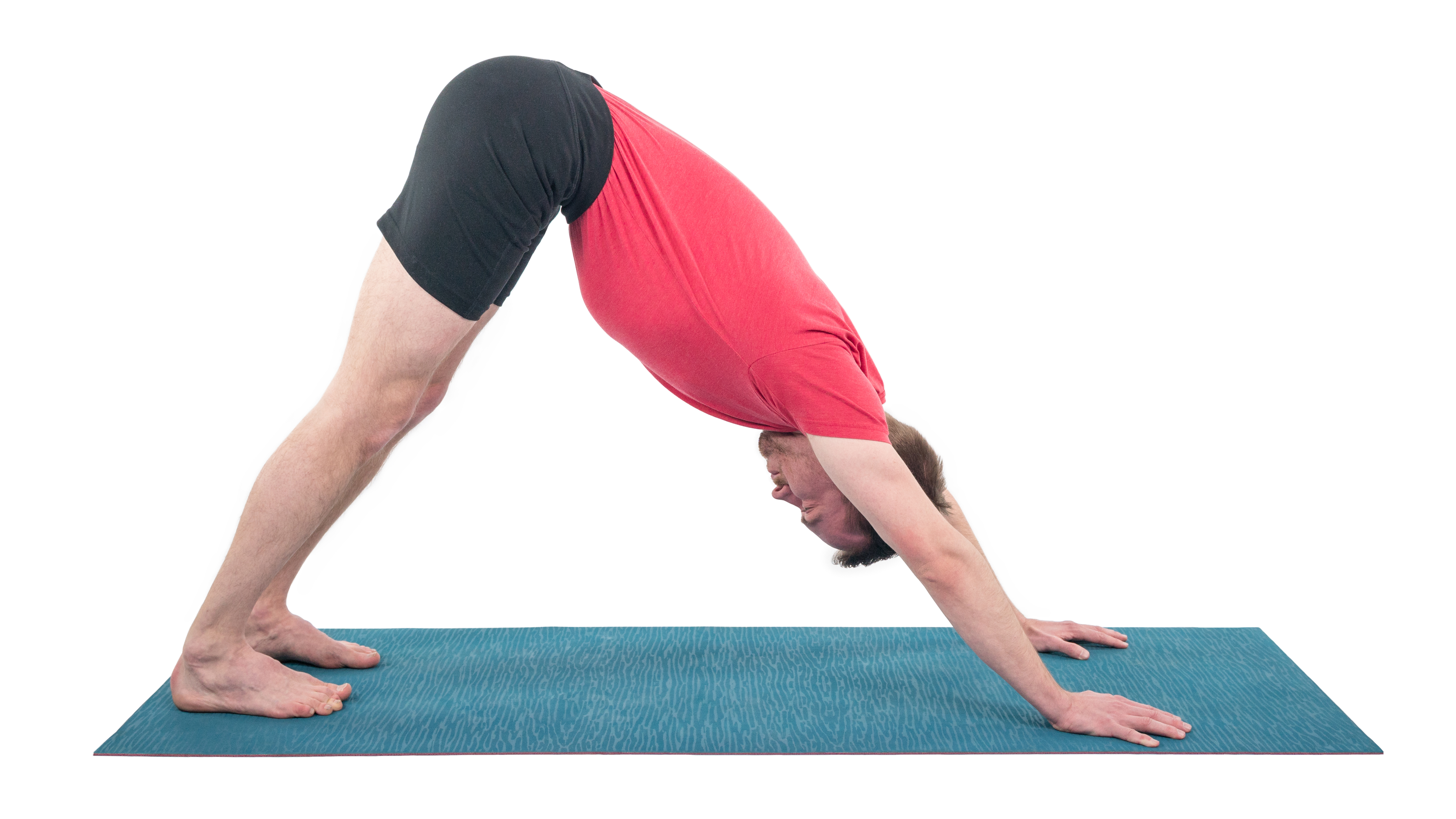
Sun Salutation (Surya Namaskar) Variation: Flowing Through the Unexpected
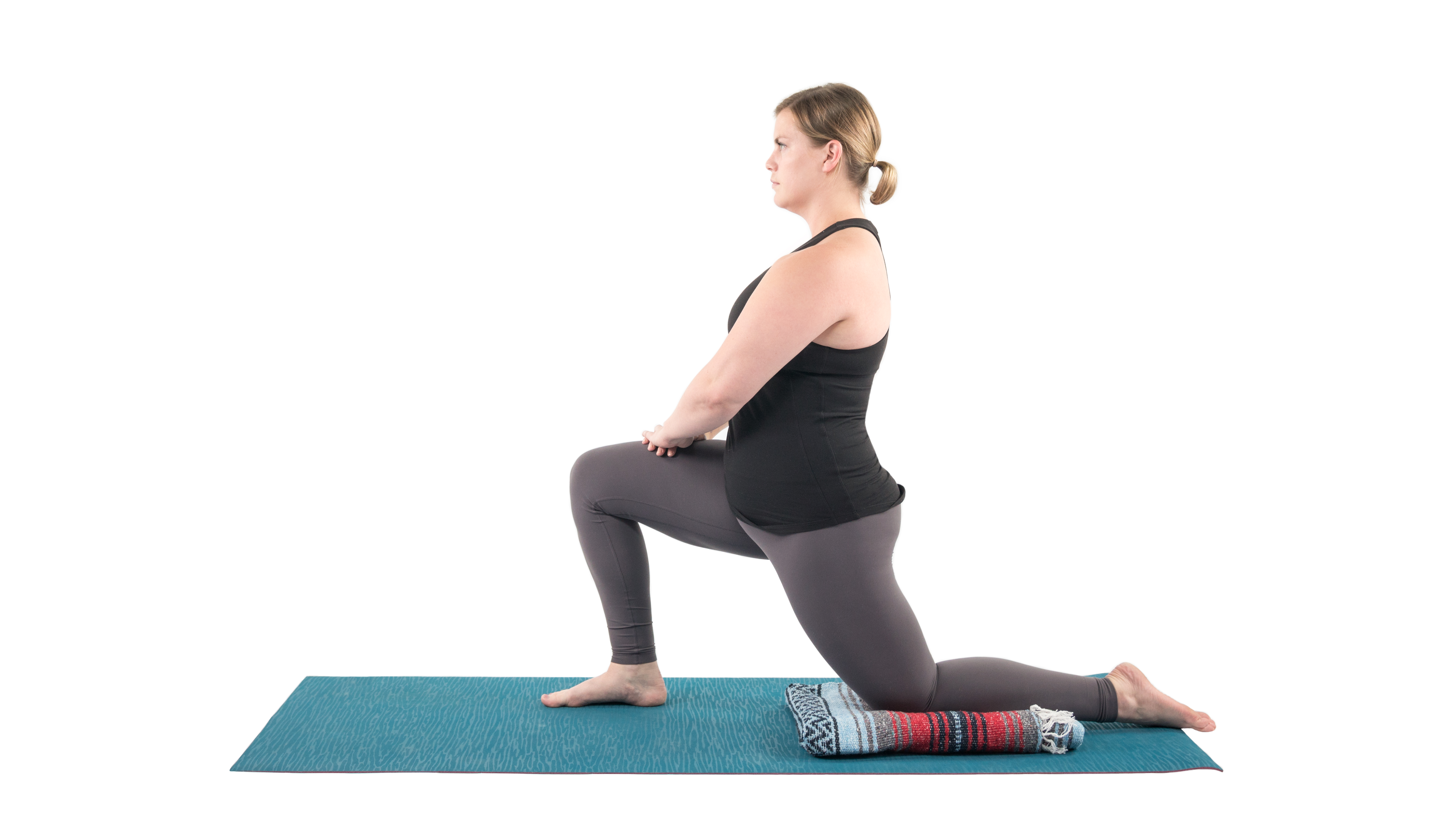
-
From Downward Facing Dog Pose, step your right foot forward so that it lands near your right thumb. Drop your left knee if that helps with the transition. Feel rooted through your right foot and your right hip gently pulling back toward your left heel. You’re in Low Lunge Pose (Anjaneyasana).
-
On a breath in, raise your arms up next to your ears. Feel your torso raise to vertical at the same time, your belly powering the lift through your torso. Face your palms toward each other so that your pinkies and your triceps shine forward. If you feel any unsteadiness in the pose or anything else that you might not expect or enjoy (short of pain), can you approach it with curiosity rather than self-doubt or self-blame?
-
Drop your left hand to your mat, approximately parallel with your right foot, and rotate your torso to face your right leg, and raise your right arm to the sky. If it feels okay on your neck, look up at your right hand. Was that an unfamiliar transition for you? Can you find joy rather than fear in experiencing the unexpected?
-
Feel a bit of lengthening through your spine as you breathe in, and a bit more twist as you breathe out. With each breath, gently lengthen your spine and deepen your twist. Check-in with what your body needs. For instance, should you drop your back knee or keep it raised? Make adjustments accordingly. Hold the twist for 3 to 5 breaths.
-
Swing your right arm forward and down, your gaze following that path, so that you’re back in Anjaneyasana with your hands on either side of your front foot. Step your left foot forward so that you’re in Standing Forward Bend Pose (Uttanasana).
-
Take a few breaths here, noticing what your body needs. If it’s a Child’s Pose (Balasana), take it! Whatever it is, give your body that gift. What has shifted in your body, in your breath, and in your mind? Can you notice that and smile? Can you enjoy the experience of this non-traditional Sun Salutation sequence?
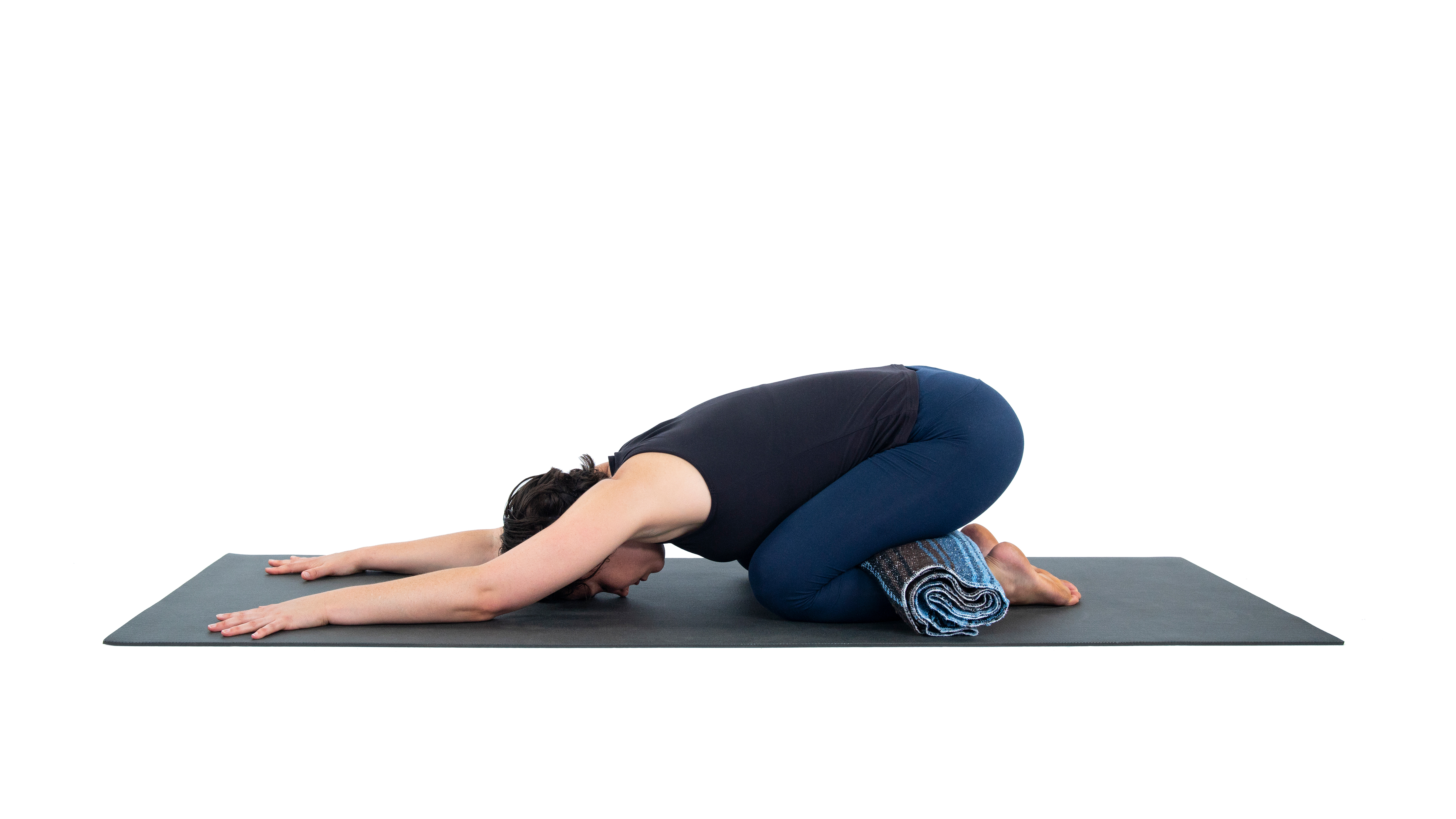
7. When you feel ready, step your right foot back, returning to Downward Facing Dog Pose, and continue the sequence on your left side from there. What is different for you on this side, what has shifted? Finish by stepping your right foot forward so that you’re back in Standing Forward Bend Pose.
A Balancing Yoga Sequence
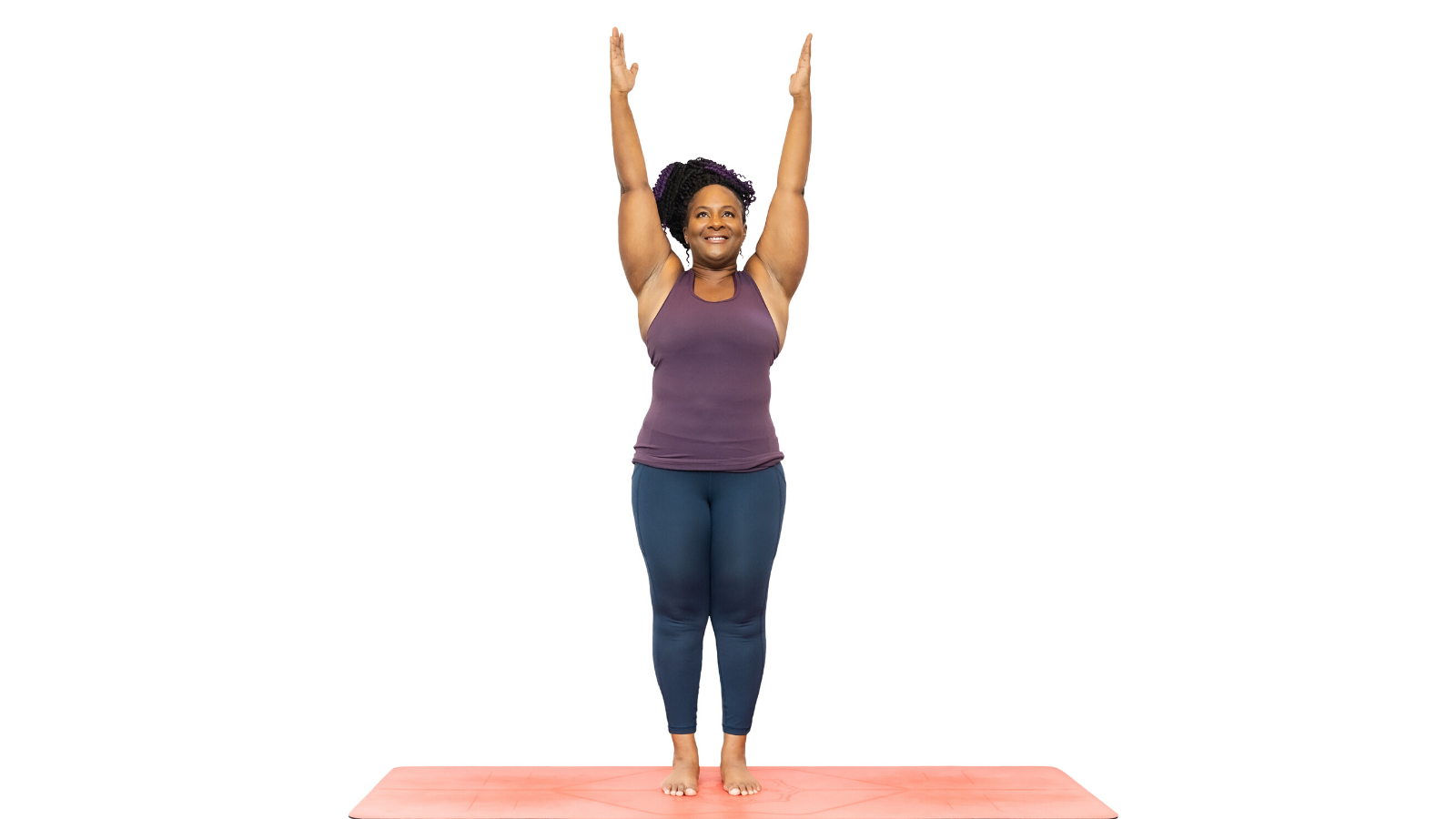
-
When you’re ready, raise your arms to the side and upward to come to Upward Salute Pose (Urdhva Hastasana). Stay here for a breath, and then place your hands in Prayer Position (Anjali Mudra) at your heart.
-
Shift your weight into your left foot. Then place your right foot anywhere on the inner left leg. You can place the right heel into the left ankle, leaving a few toes on the floor. Or you can place the foot anywhere, higher up on the leg, all the way up to the top of your left inner thigh for Tree Pose (Vrksasana) (image below) if you like. Avoid pushing your foot into your left knee.
-
Raise your arms up when you feel stable, or keep your hands in Anjali Mudra if that feels better for you today. If they’re raised, perhaps find a little sway. If that feels unusual to you, can you enjoy experiencing something new? Hold here for 3 to 5 breaths.
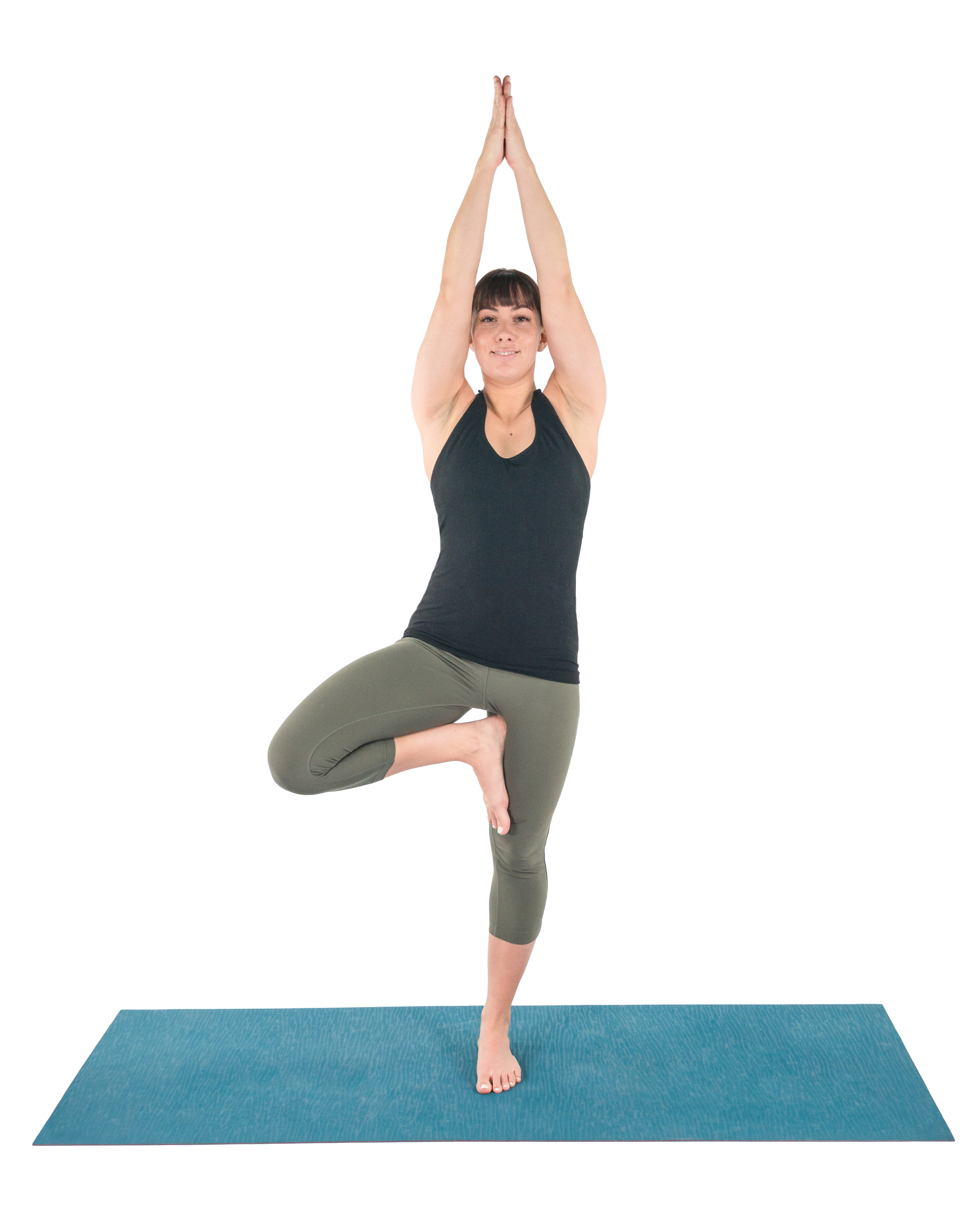
4. Spin your right knee so that it faces forward instead of to the side. Then lengthen that leg forward and up, straightening your right knee and lifting from your glutes out through your heels—yes, that means hamstrings! If you’re used to lifting with your quadriceps (on the front of the leg), how do you experience a different approach? If that variation feels like a tall order for you today, just raise your knee, and don’t worry about straightening it. It doesn’t really matter what you used to be able to do or what you could do yesterday. This is your yoga for today, with all of the changes (big or small) that it might bring.
5. When you’re ready, pendulum your right leg behind you to take Airplane Pose (Dekasana), arms coming by your sides. For a bit more challenge, take your arms forward by your ears for Warrior III Pose (Virabhadrasana III). For more support, take supported Warrior III by placing your hands on blocks at the highest height. If that was not a transition that you’ve done before, how did you experience it? Could you feel joy rather than fear of learning something new? Ask yourself yet again, “what does my body need?”
6. Hold this pose for 3 to 5 breaths, and then lower the leg down to the floor, standing in Mountain Pose (Tadasana).
7. Bend forward into Standing Forward Bend Pose if you need to take a few breaths of rest or, if you’re ready, raise your arms back up to the sky. From there, take steps 1 to 4 again on the left side of the body.
8. Take a mindful moment to wrap up this yoga flow. Close your eyes if that’s comfortable for you, and look softly forward if it’s not. Notice your breath: can you make it deeper, smoother, more rhythmic? Say to yourself the mantra, “I can flow with change,” or anything along those lines that resonates with you.
When you’re ready, continue with your day, able to handle change with more grace and joy.
 Kathryn Boland is an RCYT and R-DMT (Registered Dance/Movement Therapist). She is originally from Rhode Island, attended The George Washington University (Washington, DC) for an undergraduate degree in Dance (where she first encountered yoga), and Lesley University for an MA in Clinical Mental Health Counseling, Expressive Therapies: Dance/Movement Therapy. She has taught yoga to diverse populations in varied locations. As a dancer, she has always loved to keep moving and flowing in practicing more active Vinyasa-style forms. Her interests have recently evolved to include Yin and therapeutic yoga, and aligning those forms with Laban Movement Analysis to serve the needs of various groups (such as Alzheimer’s Disease patients, children diagnosed with ADHD, PTSD-afflicted veterans - all of which are demographically expanding). She believes in finding the opportunity within every adversity, and doing all that she can to help others live with a bit more breath and flow!
Kathryn Boland is an RCYT and R-DMT (Registered Dance/Movement Therapist). She is originally from Rhode Island, attended The George Washington University (Washington, DC) for an undergraduate degree in Dance (where she first encountered yoga), and Lesley University for an MA in Clinical Mental Health Counseling, Expressive Therapies: Dance/Movement Therapy. She has taught yoga to diverse populations in varied locations. As a dancer, she has always loved to keep moving and flowing in practicing more active Vinyasa-style forms. Her interests have recently evolved to include Yin and therapeutic yoga, and aligning those forms with Laban Movement Analysis to serve the needs of various groups (such as Alzheimer’s Disease patients, children diagnosed with ADHD, PTSD-afflicted veterans - all of which are demographically expanding). She believes in finding the opportunity within every adversity, and doing all that she can to help others live with a bit more breath and flow!
Featured Courses









